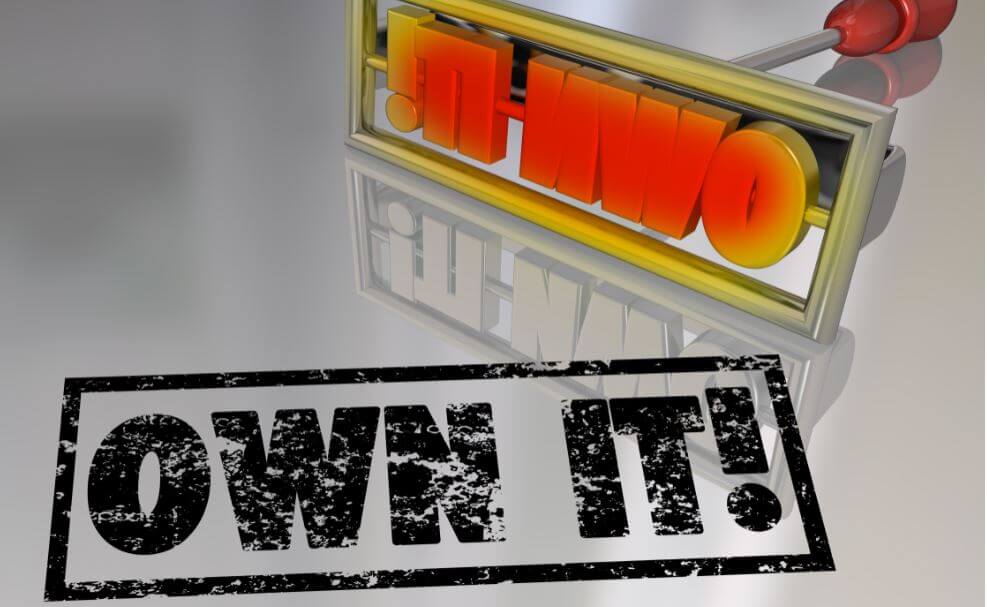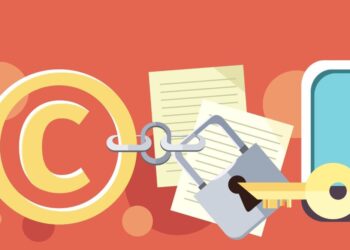Copyright law can be a labyrinth, an infringement minotaur waiting to jump on the unwary. Your head may spin when trying to determine infringement, non-infringement and fair use. Fair use, or the limited unauthorized reproduction of copyright material, is a legal doctrine codified in The Copyright Act of 1976. 17 U.S.C. § 107 states, “[T]he fair use of a copyrighted work, including such use by reproduction … for purposes such as criticism, comment, news reporting, teaching …, scholarship, or research, is not an infringement of copyright.” The statute includes a list of factors to be considered in a fair use analysis:
- The purpose and character of the use.
- The nature of the copyrighted work.
- The amount and substantiality of the portion taken.
- The effect of the use upon the potential market.
As we all know, the recitation of factors does not render an analysis simple. Therefore, a detailed analysis of each factor follows to aid in determining fair use.
Purpose and Character Often known as the transformative factor, the first factor is best exemplified by the 1994 Supreme Court decision, Campbell v. Acuff-Rose Music. A rap group, 2 Live Crew, parodied Roy Orbison’s “Pretty Woman,” prompting a lawsuit that culminated in the opinion that transformative works further the arts and copyright goals. The court emphasized that whether or not a new work is transformative is a critical aspect of any fair use analysis. The standards of transformative use continue to evolve, as various courts take up the challenge of fair use, although a common thread emerges. When the allegedly infringing work is interpreted in a new manner, commercially, fair use usually applies; when the work contains the same viewpoints as the original work, without an educational purpose, infringement is normally found. The statute lists criticism, commentary, news reporting, teaching, scholarship, and research as examples of fair use.
Nature of the Work Because facts themselves are not copyrightable, you have more freedom to copy from factual works than you do from fictional works. In addition, you will have a better argument for fair use if you copy material from a published work than an unpublished work. The scope of fair use is narrower for unpublished works because the author has the right to control publication. In Salinger v. Random House, the Second Circuit declined to find fair use when Salinger’s unpublished letters were published for educational purposes in a biography, since its publication violated the author’s interests and profit opportunities.
Amount and Substantiality You may have heard the myth that if you take 10 percent or less of a copyrighted work, it is not infringement. Unfortunately, there is no bright line rule as to the amount of work that can be copied. Of course, the less of the work you use, the more likely your copying will be considered fair use. However, even if you take a small percentage of a work, your copying will not be fair use if the portion taken is the heart of the work. In other words, you are more likely to run into problems if you take the most memorable aspect of a work. In some cases, however, the amount of material copied is so small (or de minimis) that the court permits it without even conducting a fair use analysis.
Effect on Market The fourth factor is “the most important element of fair use,” according to the Supreme Court in Harper & Row v. Nation Enters. It walks hand-in-hand with the first factor in the fields of content and interpretation; it is necessary to explain or predict the potential market for both works, as well as the market for one without the other. In a case where the markets only minimally overlap, a court is more likely to find fair use.
Everyone who has watched a movie at home, has been unknowingly exposed to the most famous fair use case. In Sony Corp v. Universal City Studios, Universal was unable to provide empirical evidence that Sony’s videotaping technology negatively impacted the market for Universal’s television audience. Since the main use of the videotapes would be to record a movie or television show, which would then be viewed at a later time, rather than building a library of videos, Sony was successful with its fair use argument.
Though there are multitudes of examples and court precedents, few promises can be made when it comes to the outcome of a fair use analysis. Issues of fair use and copyright infringement arise frequently, and you should be aware of the potential landmines, and how to help your clients avoid them.









